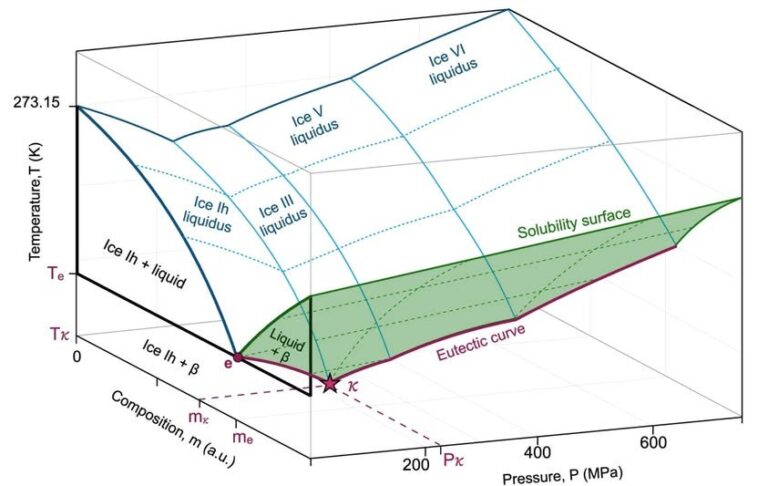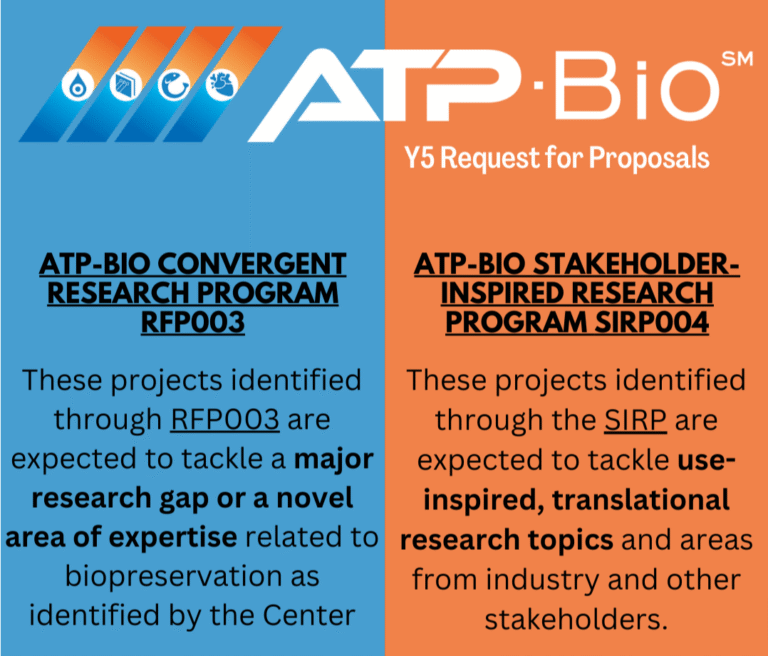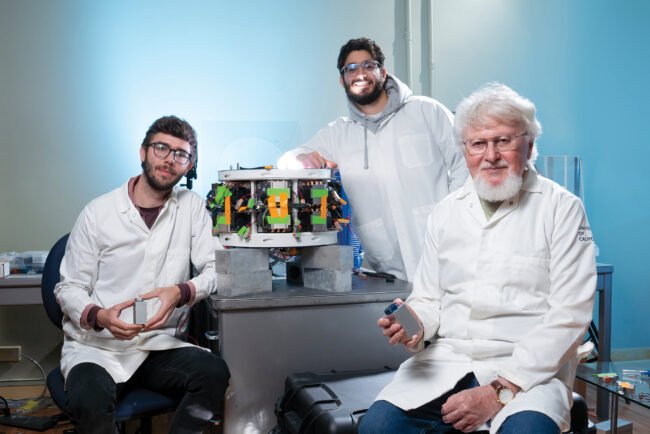From groundbreaking research to community impact, NSF ATP-Bio is proud to share the latest milestones, discoveries, and collaborations driving the science of biopreservation forward. Explore how our team is shaping the future of medicine, agriculture, biodiversity, and beyond—through innovation, partnership, and a shared commitment to preserving all forms of life.

In a historic milestone for transplant medicine and organ preservation, researchers from the Center for Advanced Technologies for the Preservation of Biological Systems

An Invitation-Only Publication Featuring Leading Experts in Heat Transfer and Thermal Engineering Cryopreservation is entering a new era, driven by new heat transfer-based

Exciting Research Published in Nature Communications! ATP-Bio is thrilled to share the new publication, “On the equilibrium limit of liquid stability in pressurized

Latest Issue | Journal of Law, Medicine & Ethics | Cambridge Core The huge opportunities and ethical challenges related to ATP-Bio’s ongoing research

ATP-Bio has been selected to received ASME’s 2025 Edward Grood Interdisciplinary Team Science Medal in Bioengineering “for innovative approaches in biopreservation technologies that

Researchers at the University of Minnesota are partnering with scientists across the country to propose a plan that could safeguard Earth’s endangered biodiversity

Congratulations to ATP-Bio’s Director, Dr. John Bischof, on being awarded the Heat Transfer Memorial Award in Science from ASME (American Society of Mechanical

Greetings ATP-Bio Community & Member Partners! The Convergent Research (CR) and Innovation Ecosystem (IE) Pillars are pleased to announce the ATP-Bio Request for Proposals (RFP/SIRP) released in April 2024 attracted a

How isochoric preservation can protect food, organs — and even the planet “If you want to keep something forever, you need to store

NSF ATP-Bio is an Engineering Research Center This material is based upon work supported by the National Science Foundation under Grant No. EEC 1941543
The University of Minnesota is an equal opportunity educator and employer.
Privacy Statement